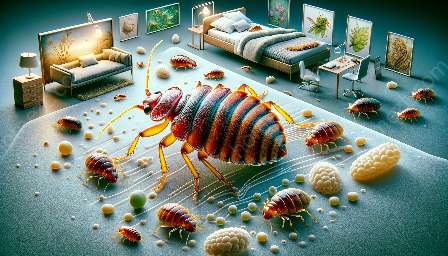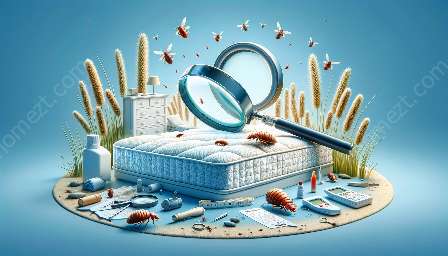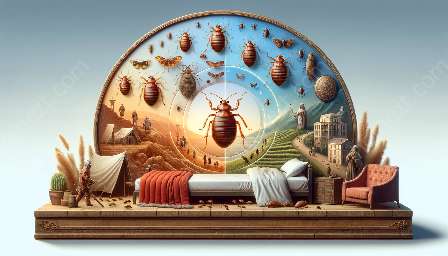Understanding Bed Bugs
Before delving into non-chemical control methods, it’s important to understand the nature of bed bugs. These small, brownish-red pests are notoriously difficult to eliminate, as they feed on blood and can hide in the smallest of crevices. Understanding their behavior and preferred habitats is crucial for effective control.
Integrated Pest Management (IPM)
IPM is a holistic approach to pest control that emphasizes non-chemical methods. To control bed bugs using IPM, start with thorough inspection and identification of infested areas. Use tools like vacuums, steamers, and mattress encasements to physically remove and contain bed bugs. Implementing regular cleaning and clutter reduction can also help to minimize harborage areas.
Heat Treatment
One of the most effective non-chemical methods for bed bug control is heat treatment. Exposing infested items or areas to high temperatures can eliminate bed bugs at all life stages. This can be achieved through steamers, dryers, or specialized heat chambers. Carefully follow safety guidelines to prevent damage to belongings and ensure effectiveness.
Cold Treatment
Similarly, cold treatment can be used to control bed bugs. Placing infested items in freezing temperatures for a prolonged period can kill bed bugs and their eggs. While this method may take longer than heat treatment, it is a viable non-chemical approach, especially for items that cannot be exposed to high heat.
DIY Traps and Monitors
Creating DIY traps and monitors using household items is another non-chemical control method for bed bugs. Talcum powder, double-sided tape, and homemade interceptors can help to capture and monitor bed bug activity. Regularly inspecting and maintaining these traps can provide valuable insight into the extent of infestation and the effectiveness of control measures.
Education and Prevention
Education and prevention are fundamental components of non-chemical bed bug control. By understanding the signs of infestation and implementing proactive measures, such as frequent laundering of linens, regular vacuuming, and vigilant inspection of secondhand items, homeowners can reduce the risk of bed bug infestations and minimize the need for chemical intervention.
Seeking Professional Assistance
While non-chemical control methods can be effective, severe infestations may require professional assistance. Pest control experts can employ advanced techniques, such as targeted steam treatments and localized heat applications, to eradicate bed bugs without relying on chemical pesticides. Consulting with knowledgeable professionals can provide customized solutions for challenging infestations.
Conclusion
Implementing non-chemical control methods for bed bugs requires patience, diligence, and a thorough understanding of bed bug behavior. By incorporating integrated pest management practices, utilizing heat and cold treatments, deploying DIY traps, and prioritizing education and prevention, homeowners can effectively combat bed bug infestations without resorting to chemical pesticides.






















